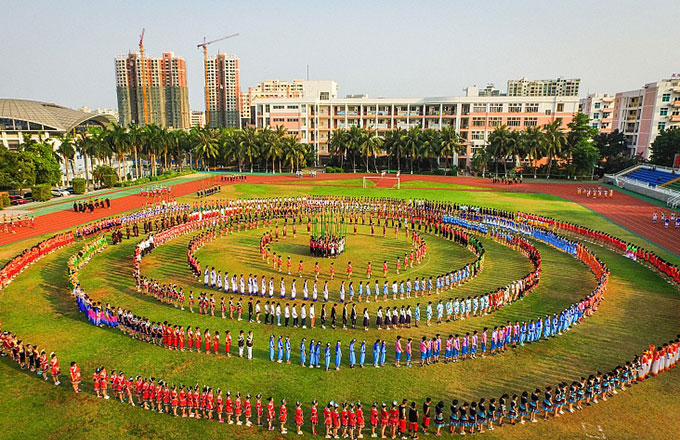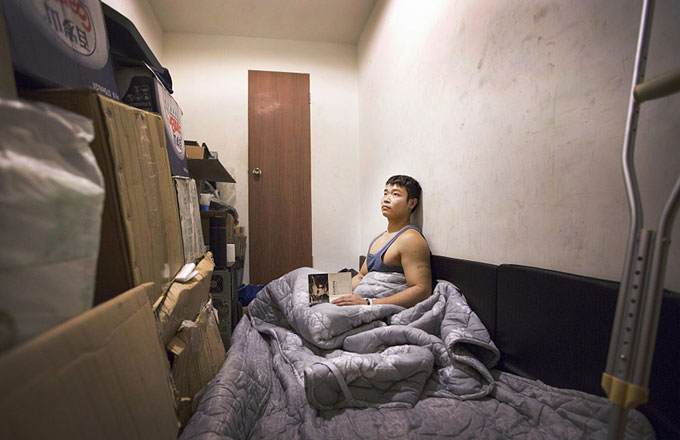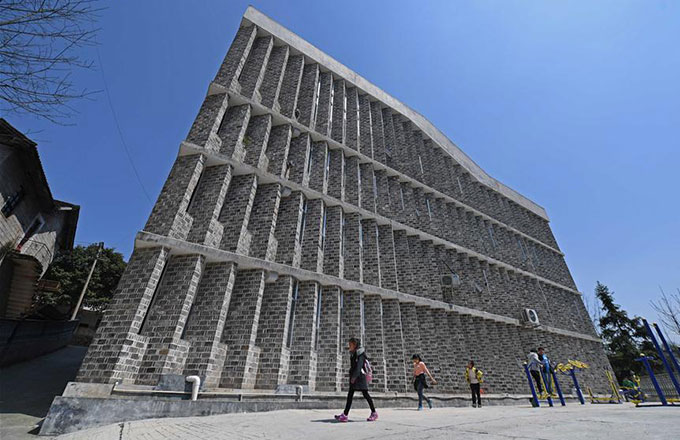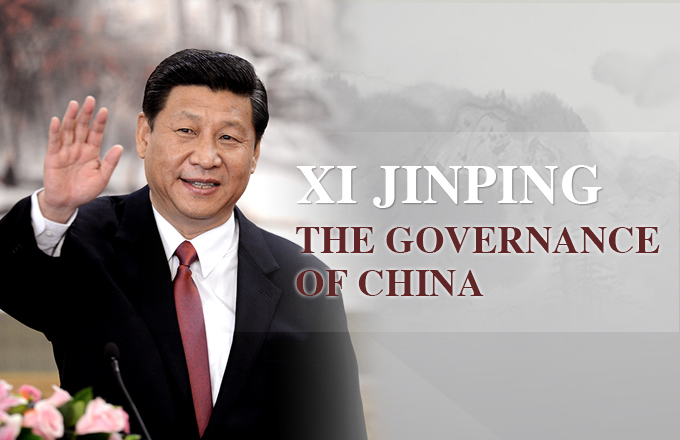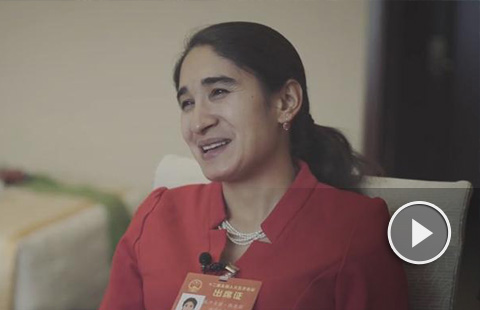3 metro areas fail in pollution controls
The governments of three of China's most populous cities have been told they provided inadequate pollution controls and failed to meet some "green" targets, according to the results of top-level inspections.
Teams under the guidance of the State Council examined Beijing, Shanghai and Chongqing as part of the nation's second round of provincial inspections started in late November. The Ministry of Environmental Protection published the findings on Wednesday.
Although the problems exposed in each city varied, a common point in each report was that the municipal governments had not properly implemented some measures aimed at pollution control.
Among the severest violations was in Shanghai, where inspectors discovered local authorities had failed to meet a target to halt all illegal construction and close illegal factories by the end of last year.
In Fengcheng township alone, 976 unlicensed wood processing plants were still in production, as were 31 of the 46 illegal construction sites targeted at the start of 2016, according to the inspection report.
"Shanghai has seen some environment work growing slack and some standards have fallen," the ministry said in a statement on Wednesday.
The city, an important business hub, has a population of about 24 million.
Beijing, with population around 21 million, also was found missing some reduction targets during the inspection.
It had been scheduled to finish treating 19 severely polluted rivers last year, but only one was finished by December, the statement said.
Its Shunyi district failed to reach the PM2.5 reduction goals for the second straight year.
The PM2.5 refers to the fine particulate matter with diameter less than 2.5 microns that is hazardous to human health.
Inspectors also noted weak pollution control management in the three cities.
In Shanghai, inadequate law enforcement was found, with fines too light to deter polluters and about 800 companies that were ordered to shut down due to their pollution output were still in operation.
In Beijing, about 10,000 small companies cited as polluters were still in operation in Daxing district, ranking the city as having the worst air pollution in 2016.
And Chongqing, with a population of 30 million, has 100,000 farms, of which the majority were not listed in the improvement plan to reduce pollution. About 28 million metric tons of waste from the farms were discharged untreated annually, the statement said.
In addition, inspection teams have found water pollution worsening in some areas in the three cities.
In total, the three governments have dealt with all 6,063 cases involving violations cited by inspectors.
Some 3,542 polluting companies were required to correct their pollution problems and 61 people responsible for the problems were detained in the three cities.
The high-level environmental inspections conducted last year have helped control some pollution, Environment Minister Chen Jining said in March, adding the 15 remaining provincial regions will have inspections this year. Last year, China conducted a pilot and two rounds of inspections covering the 16 provincial regions.



